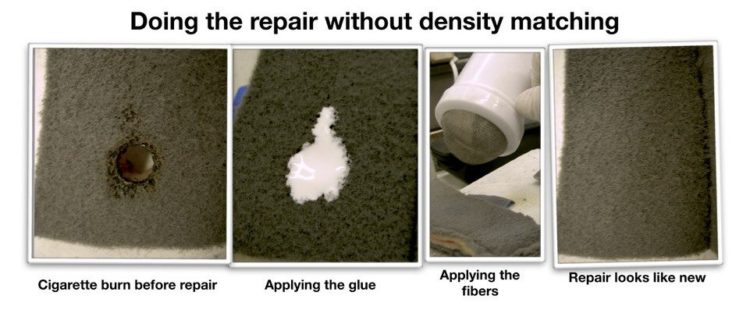
THE ART OF WEAR
Pearls of Wisdom for Leather Interior Care…
By Doug Snow and Kian Amirkhizi
“Water shapes its course according to the nature of the ground over which it flows; the soldier works out his victory in relation to the foe whom he is facing.”
—Sun Tzu, Author of the “Art of War”
Owners and professionals in the aftermarket appearance industry are always asked for advice on how to keep automobile interiors looking new. We have compiled the top-five interior care tips. You can also use these tips to impress friends and family at your next holiday meal. For example…
“Hey Uncle Witt, pass the cranberry sauce…Did you know that the physical construct of the three-dimensional-leather-fiber-structure of leather is dependent on lubrication to prevent abrasive deterioration? I didn’t think so!”
Wise Fact #1: Always keep your interior away from the sun
Exposure to the sun is the number-one cause of interior damage. Damaging (ultra-violet/UV) rays from sunlight result in irreversible damage to just about all substrates and especially those found inside your automobile.
A practical tip for prolonging your car’s interior is to park in a covered area. If that is not possible, purchase a sun-blocking protection shield found at most automotive stores. As we have discussed in previous articles, exposure to the sun’s radiation causes oxidation on leather coatings. Oxidation is readily observed by the marked discoloration or fading.
Wise Fact #2: Keep your interior clean
This is especially true when maintaining leather interiors. Leather is subject to increased wear and rapid deterioration when not properly maintained. This is due to the unique natural composition of the leather fiber structure. Soil and contaminants cause abrasive wear to leather surfaces.
Bodily secretions are usually loaded with harmful ingredients for your precious leather. In-field observations have noted excessive wear caused by bodily secretions of people on potent medications. Ostensibly, this deteriorative effect is found mostly in areas where contact with skin is present, like the steering wheel, for instance.
Wise fact #3: Use pH balanced cleaners for leather
Using cleaners that are high in pH can cause serious long-term damage to leather. Always look for products that are designed for leather from a reputable company. Check the pH, which should be neutral (7) or close to it. Remember that pH is a logarithmic scale, which means for every single digit of movement on the scale it moves times ten. So, for example, if 7 is neutral and you are using a cleaner that has a pH of 10, the difference in pH would be 10 X 10 X 10. That means the difference would be 1000 times higher in pH than neutral.
It doesn’t take experience with a high school chemistry set to realize that problems can quickly ensue. Let’s relate one experience that highlights this very fact.
Many years ago, I was preparing to re-dye a dashboard in a vintage Mercedes-Benz. I grabbed my “vinyl and leather cleaner.” I sprayed the cleaning solution on the dashboard, then turned around to grab some towels. Before my towel touched the dashboard there were three quarter-sized holes that had been eaten into the leather by the cleaner. It was after this experience that I really began to understand the importance of pH in the cleaning process.
Wise Fact #4: Use non-silicone based conditioners
The express purpose of conditioners is to replenish the oils found inside leather that provide the much-needed lubrication of leather fibers. Over time, these oils dissipate, which can leave leather dry and stiff. Most commercially purchased conditioners are loaded with “feel-enhancing” silicones that do little to improve the hand of leather and much to hasten the quickening of excessive and premature wear.
Our product of choice is rejuvenator oil. It really has gained an almost cult following. Its ability to laterally migrate through stitch holes is excellent. Repeated and regular use leaves the leather noticeably softer. Other conditioners that have similar qualities would be advisable.
Wise fact #5: Some leathers are inherently inferior in quality
I am sorry to report that some leathers just aren’t all that great. In fact, many are poor quality. No amount of fussing or preening will prolong the life of inferior-quality leathers.
This can be traced to the plants that actually tan the leather—so don’t blame the cows. Inferior leather has what’s known as “bad-break,” a condition that essentially reduces the flexing dynamics of the leather inherent in the manufacturing process. This results in premature physical degradation of the leather fiber structure (learn this last soliloquy and impress your friends).
This condition is quite common in today’s leather interiors. Increasing the “yields” means more innovative ways on which the tanneries rely to make inferior leather good enough to make it into vehicle interiors. With leather like this, long-term durability is not one of its strong suits. As an aftermarket refinisher, I have been approached countless times and been asked to fix issues that are caused by this situation.
So there you have it, the top-five ways to preserve and protect a leather interior. And impress Uncle Witt.


